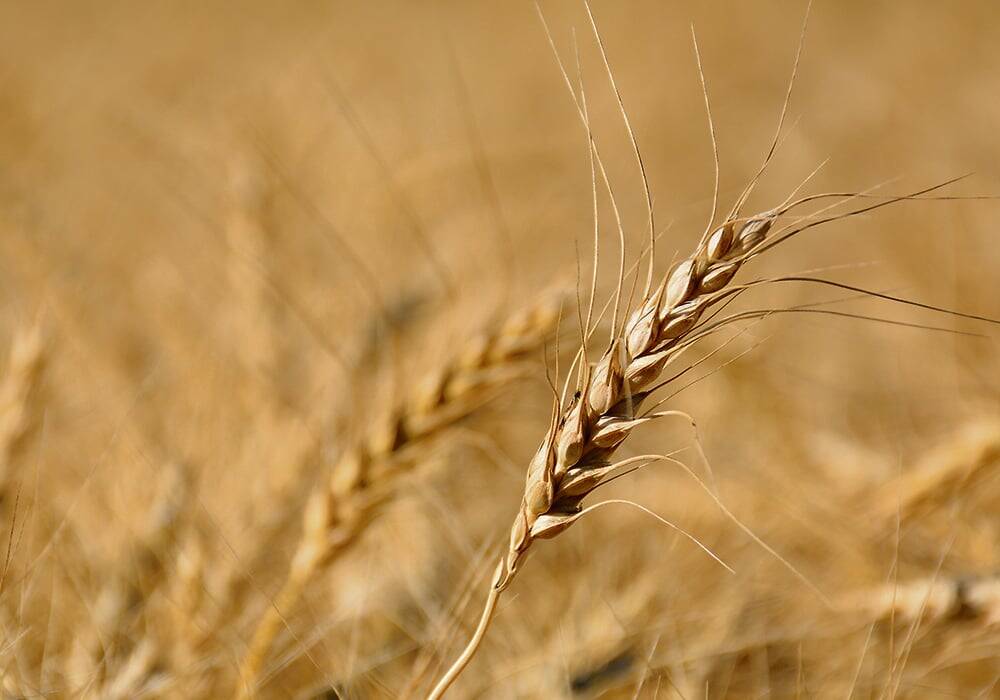Gerry Ritz, who hopes to continue as agriculture minister in the newly elected Harper government, says farmers might need to pay more for grain transportation in order to get better railway service.
“We want a much more commercially based system,” Ritz said in an interview. “The odd time it’s going to cost more but you’re going to get better service. So in the end it will be offset by less demurrage and storage and all those other things that come back to bite us.”
Read Also

Low yield allowance adjusted to support farmers in Alberta
Alberta farmers can move more quickly to salvage poor crops for feed, after the federal and provincial governments announced increases to AFSC’s low yield allowances for the 2025 crop year.
While he reaffirmed the federal government’s announcement in March to implement the rail service review panel’s recommendations, Ritz suggested other changes might be coming.
“Personally, I think a revenue cap is problematic,” said Ritz.
“I don’t mind paying a little extra for service as long as in the end it plays into my business plan and I see efficiencies there. If I’m sitting on my product because I can’t move it and I’m paying interest on a loan at the bank, I am willing to pay a few cents more per tonne to get that stuff moving.”
Although the rail service review panel report says the railways need to be adequately compensated to encourage re-investment in their systems, it didn’t comment on the revenue cap, saying it was outside its mandate.
Protection
The cap, introduced in 2000, is designed to protect farmers in the absence of government- set freight rates and lack of railway competition.
Mark Hemmes, president of Quorum Corp., Canada’s grain monitor, has said that based on the shipping rates charged to other commodities, freight costs on grain would be higher without a cap.
Ritz’s idea is similar to the “two-tier” revenue cap the Western Canadian Wheat Growers Association (WCWGA) proposed in its submission to the panel.
“To provide the railways with an incentive to add capacity during the October to December shipping period, we propose that the railway revenue cap be increased during this time period, in effect allowing the railways to capture higher revenues per tonne,” the WCWGA brief says. “During the rest of the year, we propose that the revenue cap be lowered, such that the total freight bill paid by farmers is roughly equivalent to the amount they would otherwise pay. Such an approach would enable railway shipping capacity to better match shipping needs, as would be the case in a competitive market, where prices adjust to meet market demand.”
WCWGA policy manager Blair Rutter said in an interview that being able to collect higher revenues during peak times would allow the railways to invest more resources to meet the demand. Meanwhile, a lower cap during non-peak times would ensure farmers didn’t pay more than they do under the current cap, Rutter said.
The railways could do that now so long as total grain revenues do not exceed the cap. The recent Grain Monitor’s report says they have recently engaged in “seasonal pricing,” charging higher rates during peak periods.
However, it’s unlikely to reduce the demand to move grain between October and December because that’s when customers want the grain. Most shippers aren’t going to risk losing a potential market by deferring to a later delivery, according to one industry observer.
No guarantee
There’s also no guarantee that the railways would necessarily perform better even if they were paid more for hauling grain as there are few other options.
The WCWGA also says in its submission the rail revenue cap should remain until several changes are made.
“We believe the removal of the revenue cap would allow the railways to simply increase freight rates without any material improvement in service,” the brief says. “For this reason we do not support removal of the revenue cap until such time as the CWB (Canadian Wheat Board) monopoly is ended and rail shipments of unprocessed grain are less than one-third of total prairie grain production.
When introduced in 2000, the cap gave the railways a return of 26 per cent of their volume-related variable costs. The cap is adjusted annually to reflect the volume of grain shipped, distance hauled, plus increased railway costs such as for fuel and labour. However, there’s no adjustment for increased efficiency.
A study commissioned by the CWB estimates the railways are now earning close to 60 per cent of the their variable costs, resulting in farmers collectively over-paying the railways $200 million a year or by $6 a tonne. That’s prompted some farm groups to ask Ottawa to review rail costs and cut the revenue cap.
The WCWGA is among them, Rutter said. Whenever rates or fees are regulated, they need to periodically reviewed to see if they are appropriate, he said.














